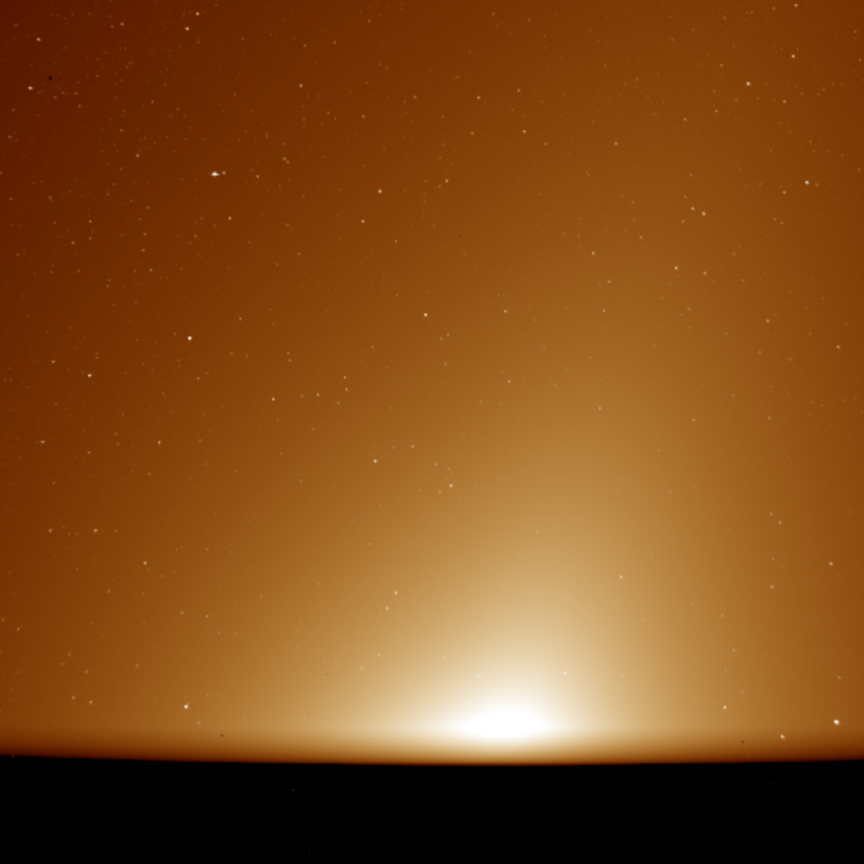Researchers have used spectrography to demonstrate a powerful, Raman-scattering technique for monitoring and investigating cryopreserved samples.
In particular, the team from Saarland University's Biophysics and Cryotechnology department in Germany confirmed unambiguously the detection of ice crystals in vitreous samples in situ at temperatures below -120°C.
Known as devitrification, and leading almost inevitably to loss of the complete sample, this is a common side effect of transient warming events, such as the clumsy withdrawal of neighbouring samples.
At the heart of their research is a fibre-borne imaging spectrograph from Andor, consisting of a Shamrock 303i imaging spectrograph with an iDus back-illuminated deep-depletion ('BR-DD') CCD camera.
According to Heiko Zimmermann, who led the research: 'We chose the rugged Andor iDus detector as it is rugged, established in spectroscopy and noted for its low light detection capability. We opted for the back-illuminated, deep-depletion chip in order to have access to longer illumination wavelength if cellular autofluorescence became an issue. The software supplied with the camera is very flexible and intuitive and we used the option to export the data to our bespoke software.'
The iDus series is the camera of choice for routine UV-Vis-NIR spectroscopy measurements, as well as more advanced, low light detection applications. The camera boasts sensor QE up to 95 per cent, state-of-the-art Ultravac, cooling down to -100°C, and a range of 1,024 x 127 and 1,024 x 256 pixel CCD matrix with UV to NIR optimised options.
Andor's modular spectroscopy solutions encompass a wide range of high performance CCD, ICCD, EMCCD and InGaAs array detectors, as well as a comprehensive range of research-grade spectrograph platforms.

